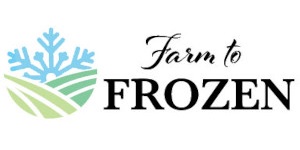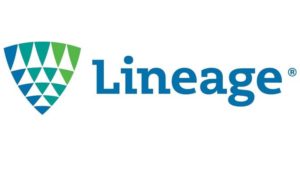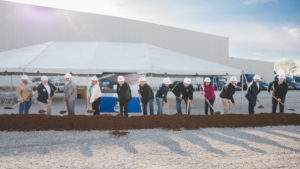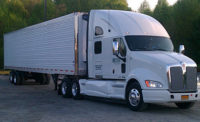In this installment of Farm to Frozen, we are going to dive headlong into the world of public refrigerated warehouses (PRWs) and third party logistics providers (3PLs). Most readers of this series are familiar with the roles of 3PLs and PRWs in the cold chain, and perhaps, have used one in the past. In recent years, there has been a lot of commercial activity among these providers. Lineage Logistics, Americold and US Cold are the first brands that come to mind as they have come to dominate U.S. cold storage market share. Between these three providers, there has been repeated merger and acquisition activities as they continue to jockey amongst themselves for scale and customers., However, as independent operators have been scooped up by the big three, a new crop of companies have entered the space. All of which are eager to compete to store and handle your refrigerated and frozen pallets. Navigating and choosing between these legacy and new entrants can be daunting. This primer will give you a leg-up on your search and selection process.
Understanding the Role of PRWs
Recently, several refrigerated and frozen food manufacturers, processors and distributors (all cold storage occupiers) have expressed a desire to control or own their own cold storage facilities. In a perfect world, these occupiers would be able to buy or develop as much cold storage capacity as necessary. In this world however, itis not always feasible to do either of those. Instead, occupiers turn to refrigerated 3PLs and PRWs to outsource their storage and logistics needs. PRWs serve a critical role in the cold chain by being the logistical facilitator between the production and the customer for these occupiers. By serving multiple customers in each location, PRWs have become experts in refrigerated and frozen storage, handling and value-added services. The volume, complexity and prolific nature of their businesses can often mean greater expertise in handling.
Finding a PRW
As with most searches, step one is Google. Searching the town/market you need plus cold storage will get you the most substantial results for cold storage in that market. The one caveat is that smaller independent PRWs might not prioritize online marketing as much as others might, and though they might be a perfectly suitable operator, they do not have as robust of an online presence (paid or free). Similarly, there are numerous directories out there. The Global Cold Chain Alliance maintains a great directory, but again it is pay to play and many smaller independent operators are not members of the GCCA and may be overlooked by directories.
Last, there are services available that effectively act as brokers for cold storage occupiers. Instead of finding real estate, they procure occupancy and pallet space for users of all sizes. An example of such a service is findcoldstorage.com (FCS). FCS and firms like them have proprietary databases that include harder-to-find operators that typically have little to no advertising platform in addition to the obvious cast of characters more easily found via online searches.
“I love to be a matchmaker for my clients. It is a bit of a ‘Goldilocks’ puzzle – some clients need the national reach of big PRWs, while others are looking for a more boutique partner 3PL,” said Courtney Sappenfield, head of sales for FCS. “Our goal is to look far and wide for the perfect fit, so both the warehouses and customers are happy with their partnership.”
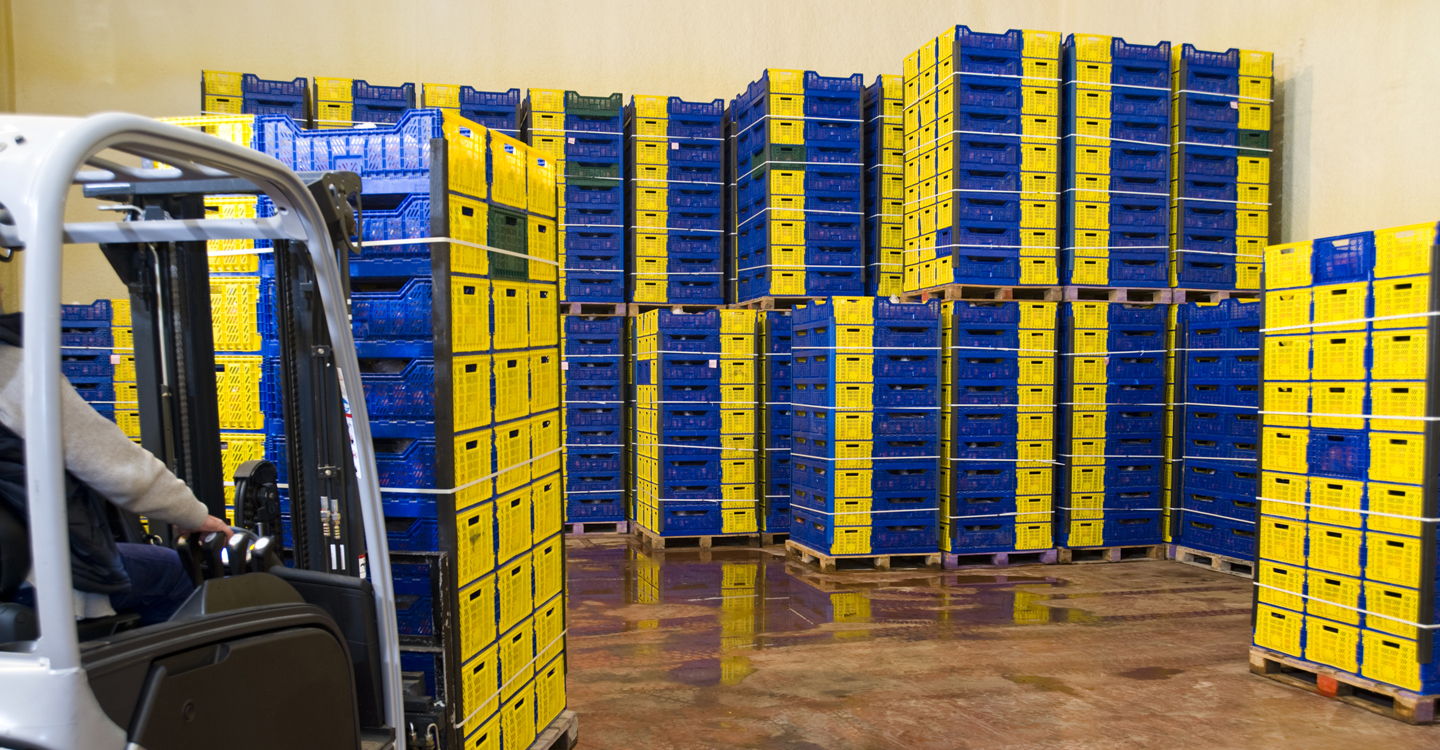
Getting Quotes
Once you have a target list of warehouses, the next step is to contact them. Many warehouse service providers have online forms that can be filled out but it is best practice to pick up the phone and call them directly. One thing to note is the timing of your search. Anecdotally, PRWs have the most vacancies between March and August. If your search lands around this time, you might have the best luck of being called back. Be prepared to answer basic questions about your food product(s) and what services you might need from them, like:
- Pallet volume: How many pallets do you need to store?
- Temperature zones: At what temperature does your product need stored?
- Turns: How many times per month the product arrives or leaves the warehouse is primary revenue generator for the operator, so the more turns you have, the more competition for business your company may receive.
- Availability: Is this a consistent flow of product or is this seasonal?
- Value-added services: Is case picking necessary? What about labor for reworking pallet? How about cross docking, tempering, blasting, inspections, etc.?&
After better understanding your needs, assuming the warehouse is capable of providing services to you based on your availability and your volume, the warehouse team will likely send you a quote with an attached rate sheet. The rate sheet is a long and important document that details every possible service and fee the warehouse is able to charge. It will also have the monthly minimum on there, which is crucial to understand if you are a low pallet volume occupier. Additionally, pay attention to new concepts that have sprung up recently as the industry continues to evolve. IT and technology onboarding fees have become standard practice now for users to be able to use the warehouse’s cloud technology. We have also seen the addition of loading and unloading rates, which are supplemental to the typical handling rates. If you are case picking, lot release fees can become an important factor if there are numerous SKUs involved.
Choosing a Service Provider
If the quotes you receive are not as competitive as you had hoped, consider again using a third party brokerage service or pallet procurement advisor, who may be able call upon favors or advocate further on your behalf to establish the best economics for your rate agreement. Like most industries, relationships can go a long way in the cold storage business.

Would you like to be alerted when new Farm to Frozen articles are posted?
Sign up to receive our eNewsletter, What's HOT in COLD! This weekly eNewsletter showcases the latest trends, news technologies and products impacting the refrigerated, chilled and frozen segment. It also includes a notice when new Farm to Frozen content drops! Sign up now to get on the list!
I hope that after speaking with multiple providers, you end up with multiple quotes and are able to create a competitive environment between operators. If that is the case, keep in mind that the cheapest rate might not be the best value in the long run. All things being equal, it is important to do some due diligence on the operator. After all, food and beverage products can be delicate, expensive, and temperamental. Ask for references or referrals and is important to know things like their percentage of damage, standards for customer service and KPIs for scheduling.
National independent operators like FreezPak Logistics, with over 20 years of experience, can strike a middle ground between capability and customer service.
“We focus on collaborative partnerships with clients by prioritizing accuracy and expediency. This allows them to sell their products quickly which drives increased revenue and market success," said David Saoud co-founder/CEO of FreezPak Logistics.
Speaking of scheduling, the accessibility of the facility can play just as important of a role as cost. You must consider what their schedule is for shipping and receiving, and if that works for your trucks. Do they have Saturday hours? Are they 24-hours or 6 a.m. to 6 p.m.? How long in advance do you need to book your appointment? Is there labor readily available if that is necessary for pallet sales? Larger nationwide operators may have stricter scheduling windows but often offer greater ability to service and scale a brand through its facility network. Choose the right fit for your business needs. Finally, what about the actual location of the facility? Are the transportation costs to and from the facility workable?
In Conclusion
Finding a public refrigerated warehouse to work with can be a daunting task as there truly is a deficit in pallet availability in many of the most sought after markets. If you are a smaller occupier, it may be difficult to get the attention of warehouses on your own, but do not let that stop you from your search. Indeed, onboarding with a 3PL can be the quickest and most frictionless way to get product out of your facility and on its way into the cold chain to your customers. Rest assured also that contracts between customers and operators are atypical and will instead take the form of a rate agreement. This means your choice of an operator is not an irreversible decision, leaving you are locked into a term-length commitment. Be diligent with your selection and rest assured you can always switch providers! Happy hunting!


